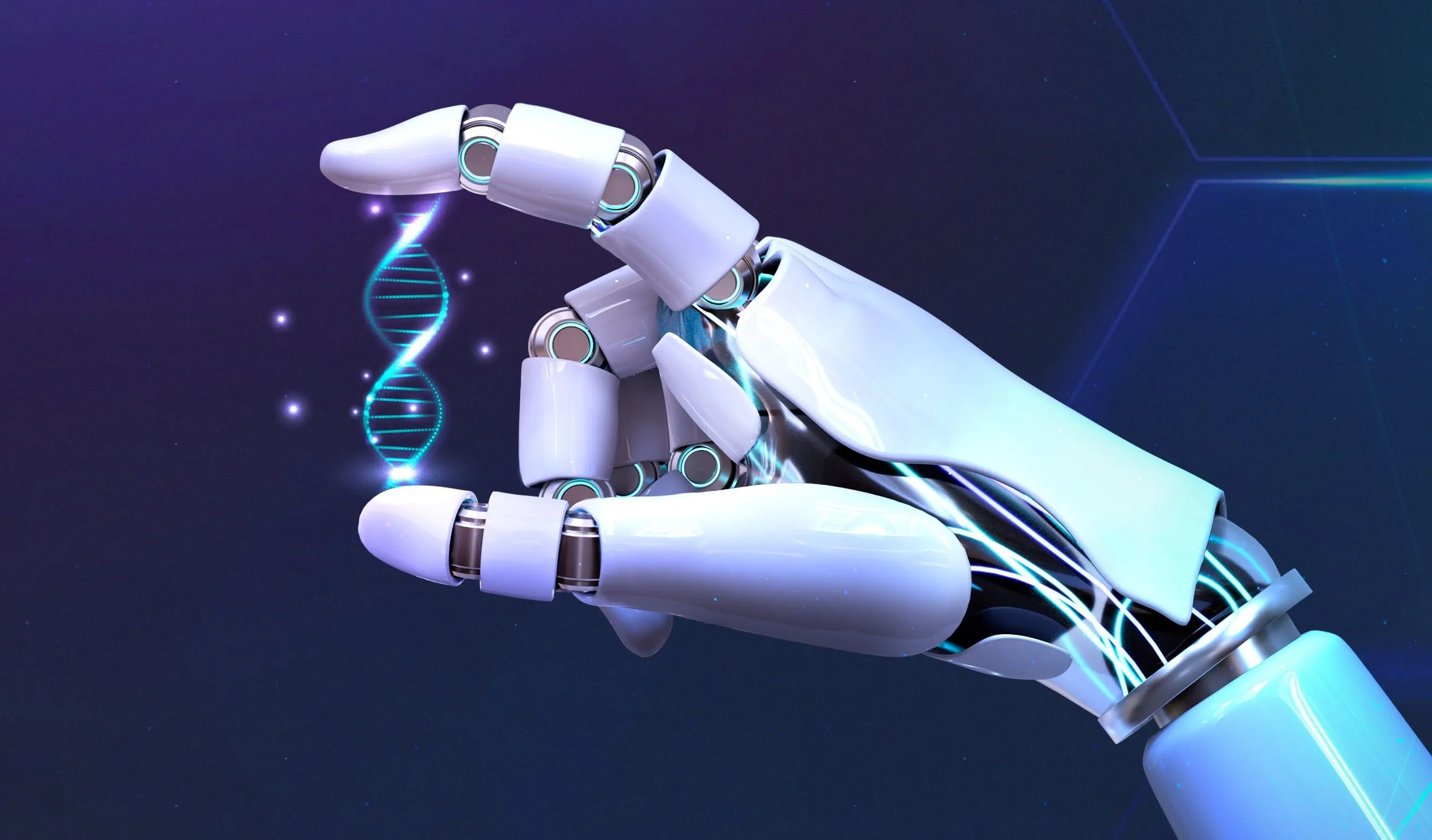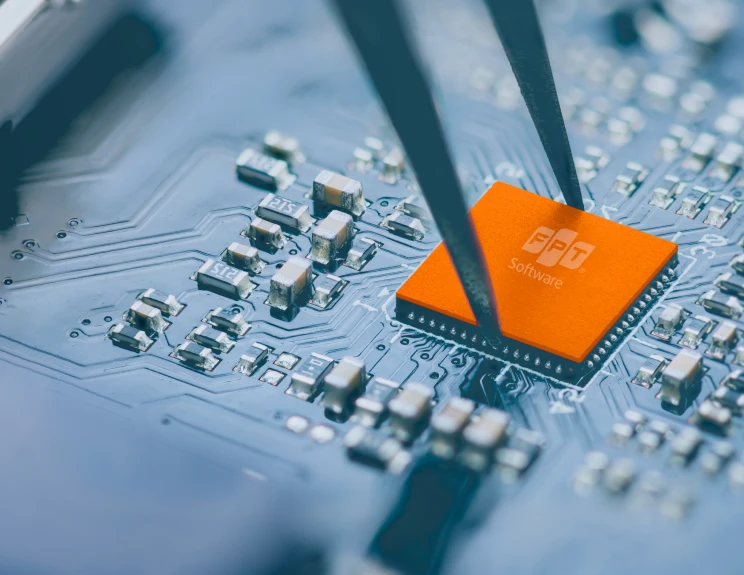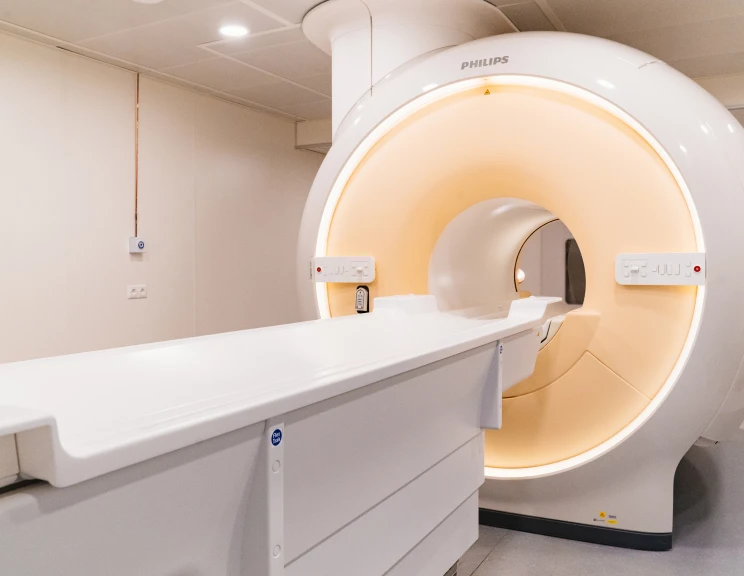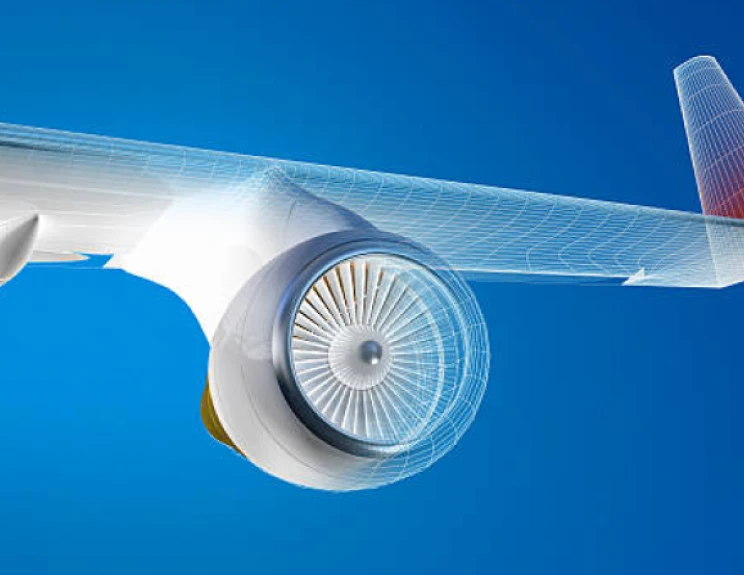
Advanced technologies no longer appear in massive machines. Instead, they can take on the form of miniature devices that exhibit exceptional performance. Within this transformative shift, nanorobots aim to revolutionize the healthcare industry.
What are nanorobots?
Nanorobotic is a new subfield of nanotechnology that revolves around designing and fabricating devices at the atomic, molecular, and cellular levels. These nanorobots will circulate in the human bloodstream, and they can replicate themselves to correct a deficiency in genetics or even eradicate diseases by replacing DNA molecules. Equipped with unique sensors which can distinguish target molecules, nanorobots can diagnose and treat fatal diseases. The global nanorobotics market exhibits robust growth projections, with a CAGR of more than 25% between 2021 and 2029, starting from USD 121.6 billion in 2020 [1]. As this technology garners more attention, nanorobots can positively impact the medtech industry.
One illustrative example of nanotechnology's impact is the emergence of smart pills. Smart pills offer patients an alternative to traditional endoscopy procedures by leveraging nanotechnologies. These pills promise to enhance patient experiences while revolutionizing the diagnostic process.
To comprehensively understand these developments, explore our latest article:Unlocking a Smarter Future of Healthcare with Smart Pills.
Surgeons' best companion
Nanorobots are revolutionizing the field of surgery by becoming invaluable assistants for surgeons. The potential of nanorobots has propelled the surgical robot market to remarkable heights. In 2022, the market was valued at a staggering USD 6.3 billion, and experts project a robust CAGR of 15.9% from 2023 to 2032 [2]. With major surgical robotic platforms already in place, 2022 witnessed the successful execution of over 800 robotic procedures, marking a significant milestone in integrating robotic technology into medical practices.
These tiny machines are tested for various tasks, such as delicate eye surgeries. Surgeons control these nanorobots using a special magnetic field; these robots use tiny needles to work on the retina. Besides eye surgeries, nanorobots make biopsies less invasive and more precise, making patients' experiences more comfortable. Unlike their larger robotic counterparts, nanorobots can move inside the human body and work in hard-to-reach places, targeting specific health issues. These micro/nanorobotic tools, such as nano-drillers, micro grippers, and micro bullets, can operate without connection. Powered by diverse energy sources (such as light, magnetic fields, or chemical reactions), the moving micro/nanorobots with nanoscale surgical components can directly penetrate or retrieve cellular tissues for precision surgery.
Robotic-assisted surgery (RAS) has expanded its reach across numerous medical domains. Urology, genecology, cardiothoracic surgery, general surgery, and otolaryngology have all adopted RAS for various medical procedures. Notably, urology and genecology stand at the forefront of this transformative trend, contributing to over 75% of all performed robotic procedures [3].
Lighting the way for cancer treatment
Nanobots prove to be a valuable asset in cancer treatment. According to research, cancer might shortly transition into a chronic yet manageable ailment. By 2030, it is projected that there will be around 26 million new cancer cases and 17 million cancer deaths per year [4].
The conventional method of using nanocarriers for drug delivery encounters challenges in achieving targeted administration due to a lack of navigation and propelling capability. Often, these carriers rely on systemic blood circulation for distribution. Consequently, frequent administration of drugs at high doses are necessary to avoid undesirable side effects. For precise drug delivery to specific anatomical regions, it's crucial to have controlled navigation, cargo transportation, and tissue penetration.
Thus, nanorobots, which are approximately 100 times smaller than human tissues, hold the potential to revolutionize drug delivery. Nanorobots offer promising avenues for cancer treatment via injection into the bloodstream or oral uptake. They gather at the target site, enhancing the anti-cancer effect while minimizing harm to healthy cells. Advanced technologies assist nanorobots in reaching the intended sites to navigate the diseased areas effectively. Recent nanorobot designs can be categorized based on propulsion methods and driving forces.
For instance, researchers at Arizona State University have crafted an "origami nanorobot." As it comprises a synthetic DNA sheet coated in a blood-clotting enzyme, this nanorobot can be folded into various shapes. Once injected into the bloodstream, it homes in on tumor cells, attaches to them, and administers the blood-clotting enzyme. This action starves the tumor cells of the blood, combating cancer without harming nearby healthy tissue.
Remarkably, the integration of clinical data allows these nanorobots to be trained, enhancing their capacity to navigate autonomously within bodies. The application of AI further amplifies their navigational power, which helps them adapt to real-time conditions. This synergy between clinical insights and AI-driven navigation showcases a remarkable advancement in medical technology, further assisting in targeting drug delivery and treatment precision.
Beware of the roadblocks
Despite nanorobots’ potential, the healthcare industry needs to address the current challenges before this technology receives wide-scale adoption:
- Technical complexity: Applying nanorobots in healthcare and surgery presents significant technical complexity, as these techniques require precise control at the nanoscale. Designing these micro devices to navigate the intricate human body and perform tasks accurately requires advanced engineering solutions. Furthermore, nanorobots often face limitations in terms of power supply. Since they are extremely small, providing them with a self-contained power source is challenging.
- High costs: Research and development of nanobots are currently in their initial phases, which demands significant investment. This financial burden might hinder the expansion of the market as companies seek to recover their initial expenditures. Besides, costs associated with robotic-assisted surgery are due to extended operating room durations and increased expenses for supplies.
- The need for universal standards: Currently, there is a lack of standardized regulations for effective training and certification in robotic surgery. Despite numerous expert-developed training programs and practice simulations, the most optimal approach remains undiscovered. Nonetheless, certain organizations are making advancements, with the American Urological Association proposing methods for training and certification.
- The need for safety protocols and transparency: Since nanobots are still under development, malfunctions can occur. However, research revealed that less than 70% of patients were appropriately counselled preoperatively on the potential risks of robotic surgery, including possible robotic malfunction or potential conversion to an open procedure [5]. Thus, healthcare professionals must ensure thorough preoperative counselling and disclose potential patient risks. This approach enhances transparency and establishes a foundation of trust between healthcare providers and patients.
Looking forward
As medical technology progresses and robotic procedures become prevalent, the demand for standardized protocols becomes crucial. Despite the existing obstacles, nanorobots are anticipated to transform the healthcare industry. Looking ahead, medical research institutions will play a vital role in navigating the use of nanorobots.






























